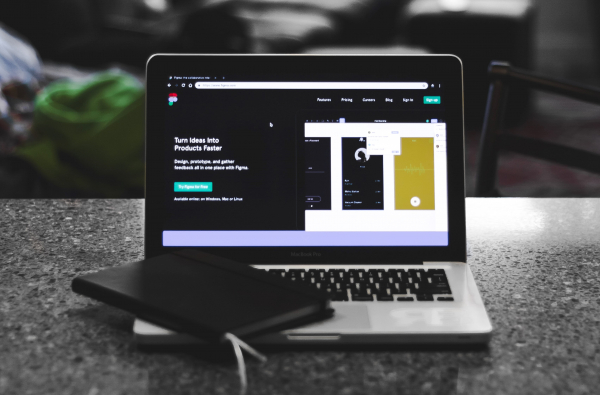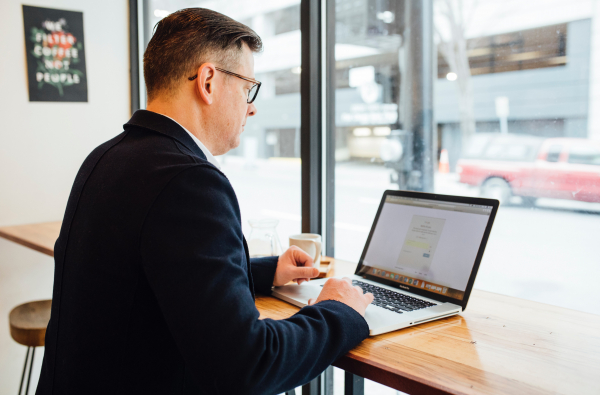Bitcoin, the first electronic currency, was created in 2008, by Satoshi Nakamoto.
In 2008, Nakamoto published the paper Bitcoin: A Peer to Peer electronic cash system to explain how bitcoin works. The main differentiator from other types of currencies is the lack of a third party authority like a bank or a financial institution to validate the transactions. Bitcoin was created to become a new type of currency. It guarantees secure transactions in an anonymous network, avoiding data collection, thus adding a new layer of privacy to e-commerce. The authenticity of information is assured using blockchain which is a continuous distributed ledger that holds the information about every transaction ever made.
Since 2010 when Laszlo Hanyecz, one of the developers of Bitcoin, made the first transaction, the currency has had a tumultuous trajectory. In 2018, it started trading at $15,527,80 only to drop by 82% in the next months, reaching a value of $3,880 by the end of December the same year. Now it’s on the rise again. In April 2019, a bitcoin is valued at $5,280.55. Bitcoin is highly volatile which makes it very difficult to predict. There are no real products, cash flows or financial statements behind it; its fluctuations are determined by the market (supply and demand). Many critics warn that investments in bitcoin are pure speculations.
If you’re still interested to buy and sell with bitcoin, read on.
The first thing you have to do is to get a bitcoin wallet which is like an online bank account. It can be stored on your computer, your phone or in the cloud. The digital wallet will allow you to send, receive or save bitcoins. Here are some suggestions for the best digital wallets available. Once your wallet is activated, you receive a bitcoin address much like an email address with the only difference that it will change every time you make a transaction. To make sure the transfer is safe, the wallet keeps a private key or seed that’s unique to that specific transaction, and it’s used to sign it. The signature serves as proof that bitcoins come from a specific account. This information cannot be altered.
You can buy bitcoin at any exchange using different currencies. On their official website, you can find a list of authorised exchanges, depending on your location. Another option is to send or receive them by transfer via a mobile app or computer. The process is very similar to sending cash digitally. You can also use a bitcoin ATM to buy and sell bitcoins using the currency of your own choice. In this interactive map, you can find the closest bitcoin ATM to your location.
There are hundreds of retailers worldwide that accept bitcoin. Microsoft and Expedia are only two examples but use a search engine like Spendabit or Coinmap to find local businesses where you can pay with bitcoin.
The concept of trust is paramount in blockchain, the underlying technology of cryptocurrency. This is the first time in history when we can transact without a third party that regulates the exchange. There is no doubt that blockchain contributes to the democratisation of wealth creation worldwide.


